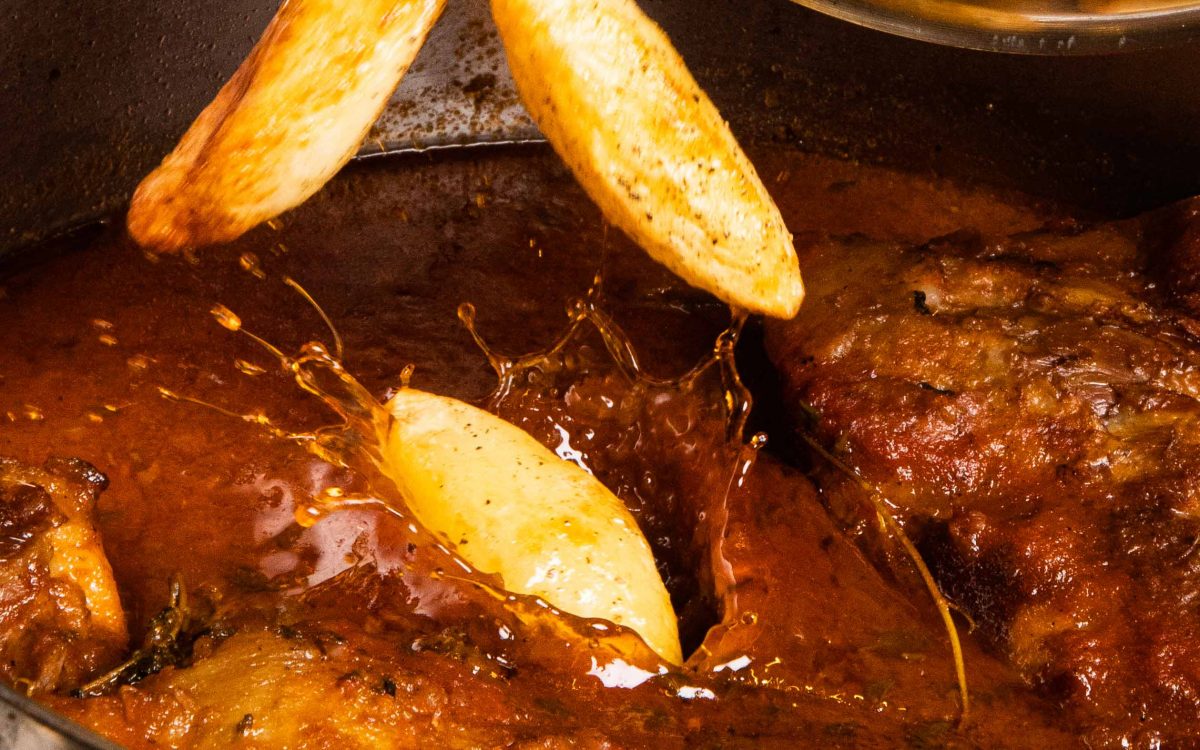Christoforos Peskias cooks kid goat with tomatoes and potatoes based on a traditional Cycladic recipe from the island of Amorgos, a delicious, slow-cooked dish oozing with flavor. The chef shares his tips for a uniquely flavorful way to cook goat for Sunday dinner or for the holidays.
Read the recipe below:
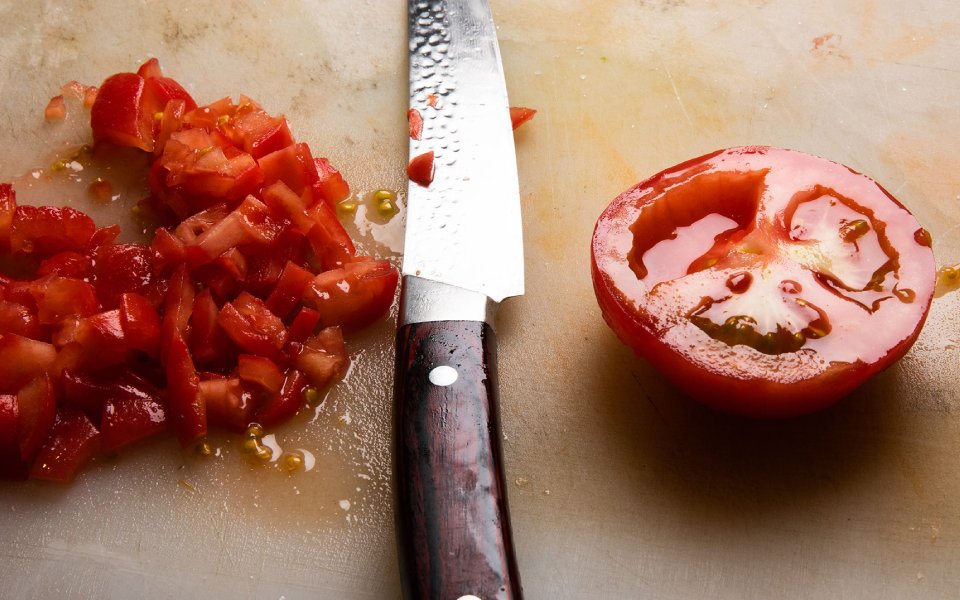
© Dimitris Vlaikos
“To prepare the tomatoes I chop them roughly into chunks, medium or large, there is no need to be precise.”
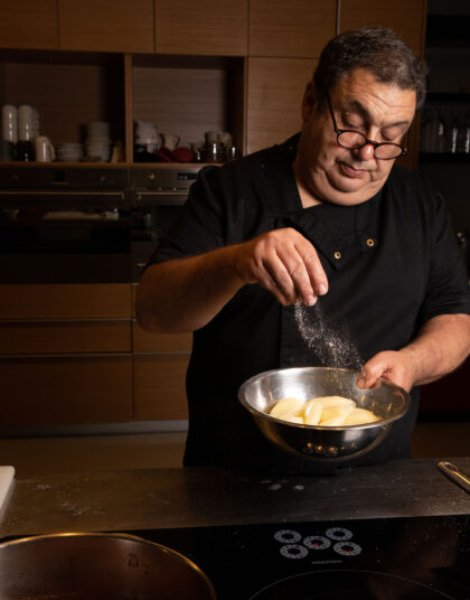
© Dimitris Vlaikos
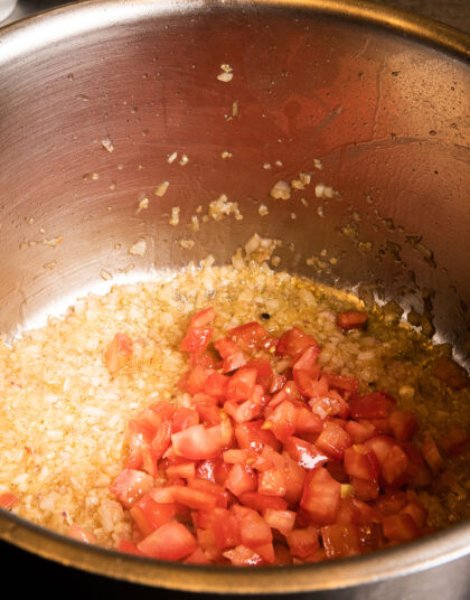
© Dimitris Vlaikos
“I cook the potatoes patiently until gently browned all over, turning them regularly.”
“Simmering over medium heat allows the roughly chopped tomatoes to form a fine crust on the outside while cooking thoroughly on the inside.”
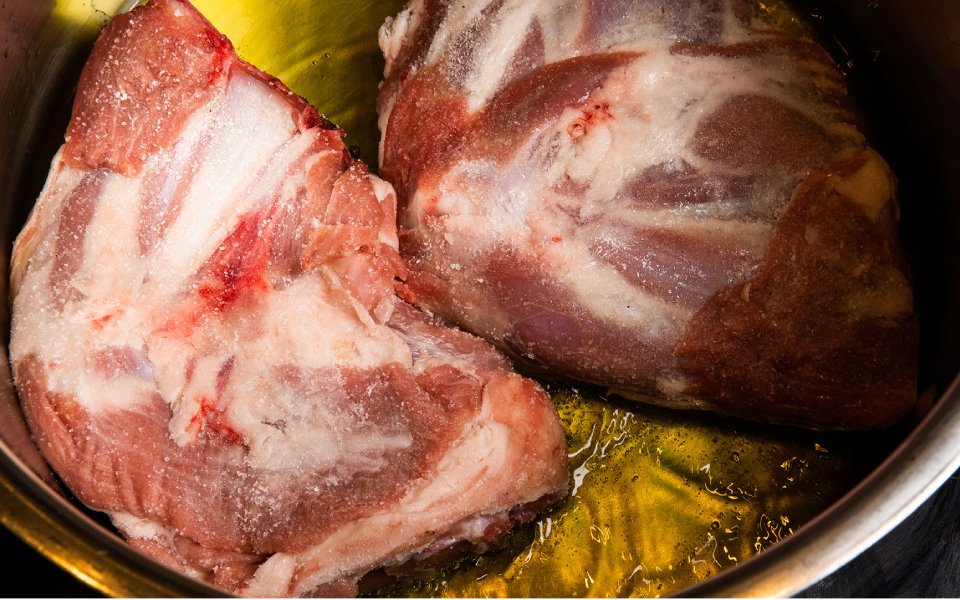
© Dimitris Vlaikos
“As soon as the oil heats up, I place the pieces of goat, seasoned, in a single layer, and let them brown slowly.”
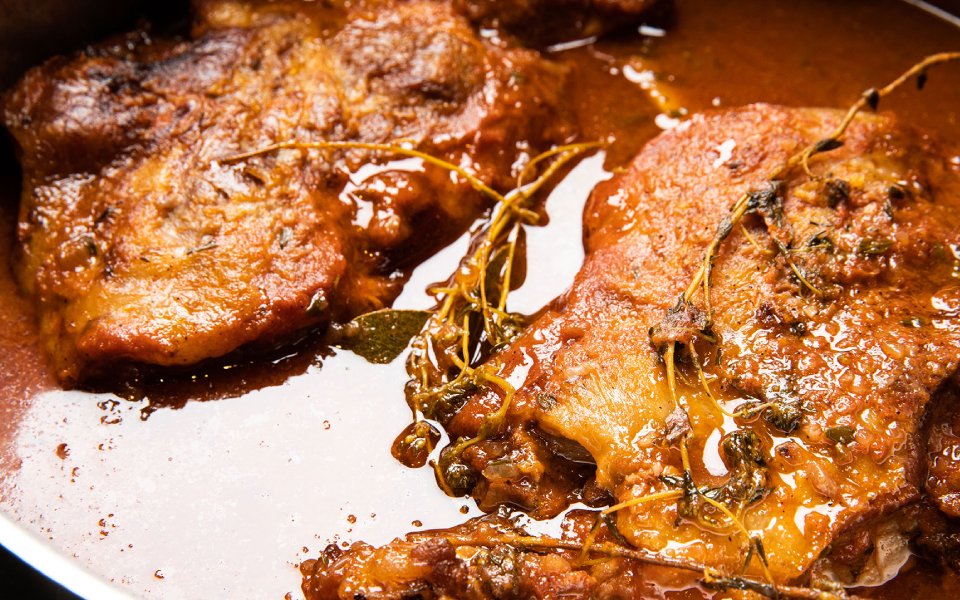
© Dimitris Vlaikos
“Thyme for a Cycladic flavor.”
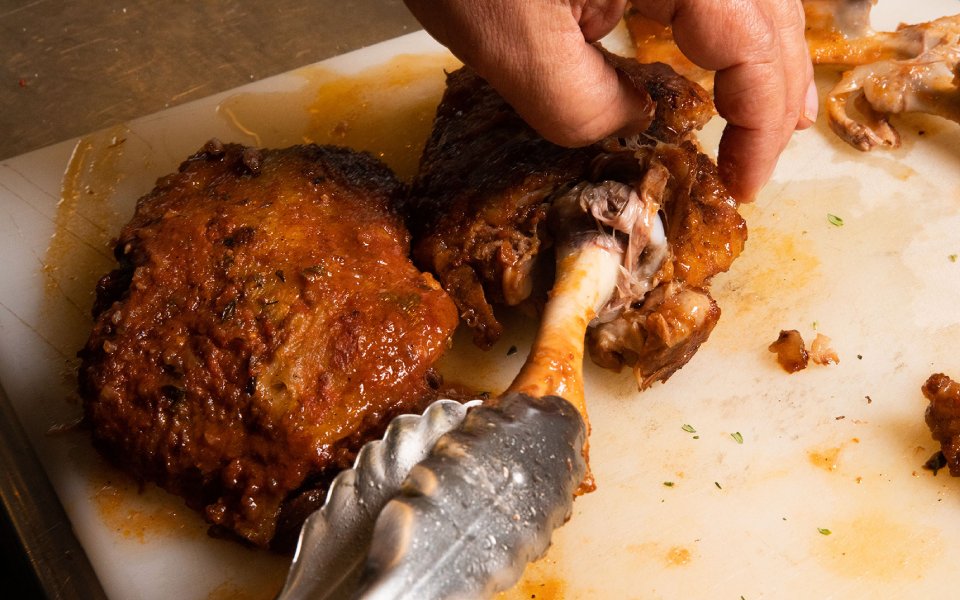
© Dimitris Vlaikos
“Slow cooking allows the meat to caramelise beautifully.”
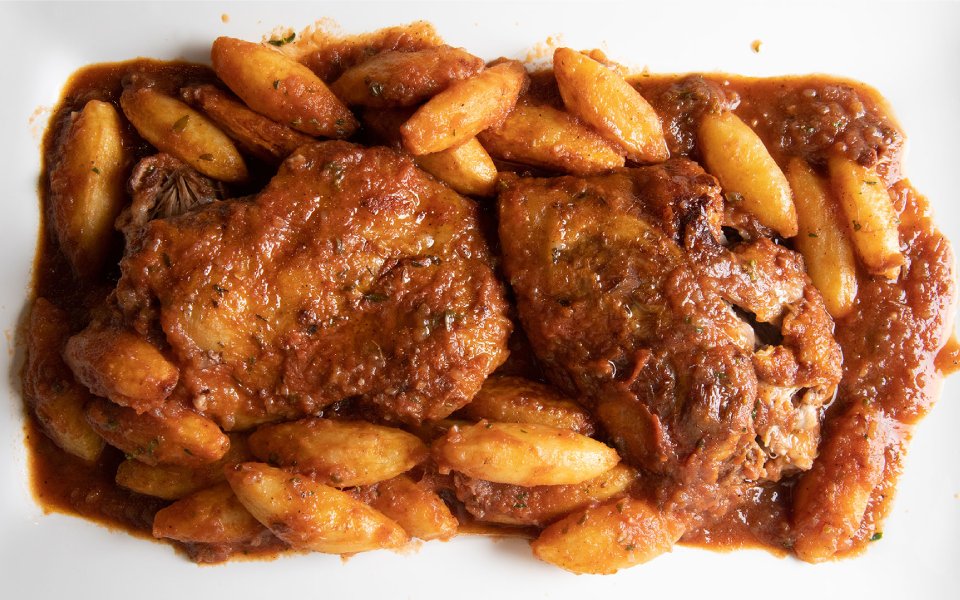
© Dimitris Vlaikos
“I serve it up with finely chopped parsley.”
Instructions
For a falling-off-the bone, caramelized result you will need to cook the ingredients slowly and patiently from the start, beginning with the browning. In a large, deep pan heat 100ml olive oil, using just enough oil for the food not to stick. Warm it over a medium heat – a strong heat will burn the oil before the meat has a chance to flavor, while too low a heat will make the meat watery instead of browned. As soon as the oil heats up, place the pieces of goat meat, seasoned, in a single layer and let them brown slowly and gradually for at least 15 minutes. Don’t sauté the meat, rather simmer it gently without letting it burn. It should form a crust with a warm color, but without any burnt bits. Turn the pieces over and cook on the other side until they brown, another 10-15 minutes.
Meanwhile, prepare the tomatoes. Chop them roughly, into medium or large chunks, there is no need to be precise. Don’t throw away the liquid and seeds, this is one of the greatest delicacies. Along with a bit of olive oil it is the Greek vinaigrette – it is a vinaigrette without actual vinegar, as the acidity of the tomato does not need it. Save it for the sauce along with tomato pulp.
Once the meat has browned well, remove it from the pan with a slotted spoon and let it rest on a serving dish. Discard the oil from the pan, clean it well and pour in the rest of the oil over a medium heat. Sauté the onions for 4-5 minutes until they turn translucent but don’t brown. Add the garlic, which is a great accompaniment to goat and lamb, and cook it gently for 1 minute, until it starts to release its flavor. Add the tomatoes with their juices and stir. If the tomatoes are a little unripe or lacking in flavor and aroma, add the paste. Avoid it if they are fully ripe, as it is not needed. Turn up the heat, add the bay leaves and wine, and cook it until it starts to bubble. Add half the thyme leaves – you will need plenty of these for that unique Cycladic flavor. Season the meat on both sides and put it back in the pan, along with any juices from the plate. Turn the heat down and remove any foam that forms on the surface. This helps to release the flavors from the meat, the herbs and the tomato.
Cover the pan, turn the heat down as low as it will go for the liquid to stir gently and the steam to remain trapped by the lid, and cook it for 5-6 hours. Over this time, the sauce will thicken and the meat will caramelize and become tender. Once the cooking is over, place the meat onto a serving dish, and once it has cooled enough to touch remove the bones, which should just slip out. Leave the chunks intact and put them back into sauce off the heat to prepare the potatoes.
Pour oil into a large pan, enough to come 2-3 cm up the sides, over a medium heat. Cook the potatoes in the oil patiently, until they have browned on all sides, turning them regularly. Cooking them over medium heat allows the potato wedges to form a thin crust on the outside while cooking thoroughly on the inside. This will allow them to add them to the sauce without going soggy. As soon as they have browned on the outside and softened on the inside, drain them on kitchen paper for 2-3 minutes and then add them to the pan with the meat, along with the rest of the thyme. Bring the pan to a vigorous boil for 4-5 minutes for the flavors to integrate. Take it off the heat and leave the pan covered for 30-40 minutes to finish caramelizing. Divide it into portions and scatter with finely chopped parsley.
Originally published in Gastronomos magazine.
Ingredients
- 1,300-1,400 gr kid goat shoulder cut into large chunks with the bone in
- 1 kg ripe tomatoes, peeled
- 1 tsp tomato paste (optional)
- 400 gr onions, finely chopped
- 1-2 cloves garlic, minced
- 2-3 bay leaves
- 200 ml white wine
- 10-12 sprigs fresh thyme, leaves removed from the stalks
- 1 kg potatoes, cut into wedges
- ½ bunch parsley, finely chopped
- 150 ml olive oil, plus enough to sauté the potatoes
- Salt, freshly ground pepper

